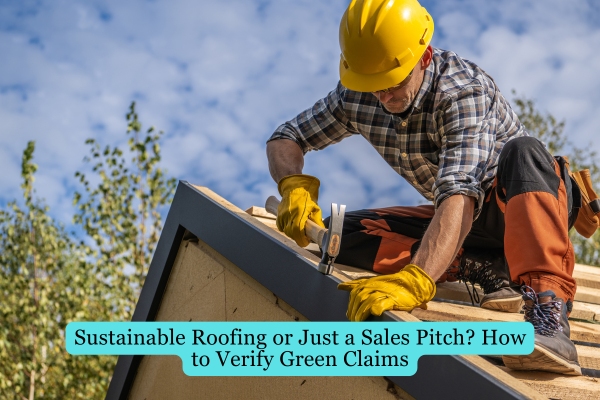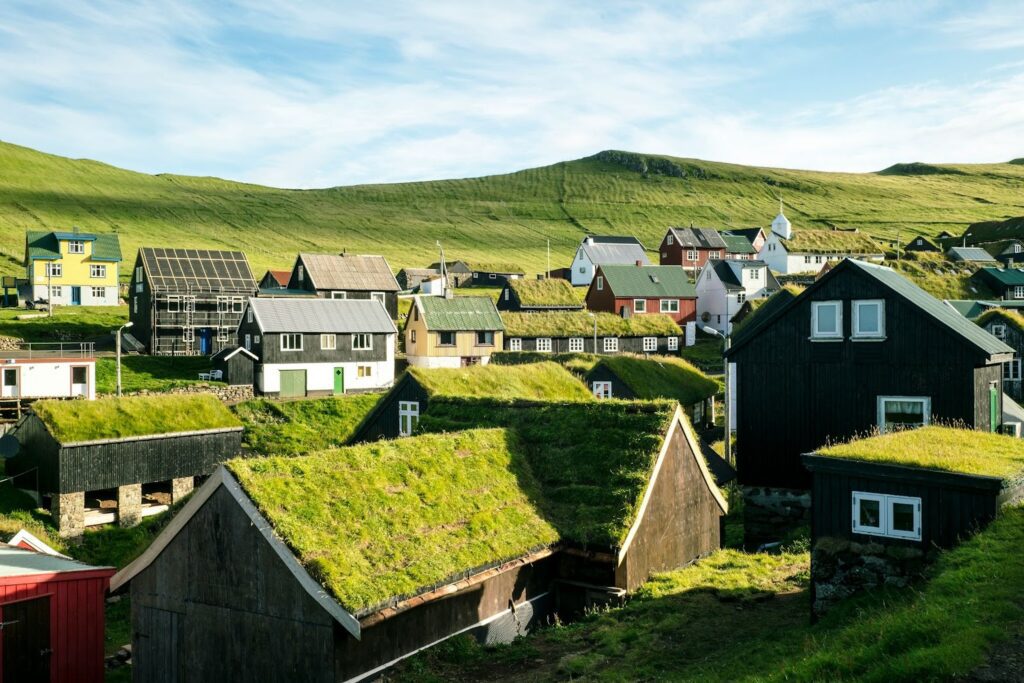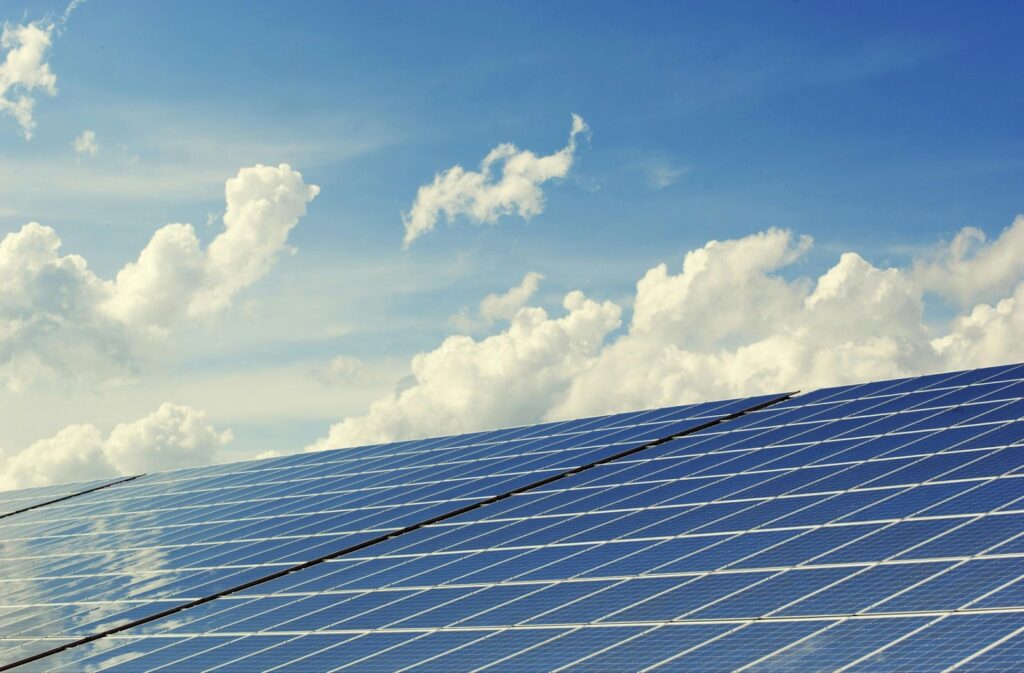

I’ve noticed a big trend lately, roofing companies throwing around words like “eco-friendly,” “green,” and “sustainable.” But here’s the problem: how do we know if a roof is actually good for the environment or just a clever marketing trick?
Sustainability is a BIG deal! The right roofing choice can help lower energy bills, reduce waste, and even make a home more comfortable. Unfortunately, not all so-called “green” roofs are genuinely sustainable. Some companies slap on a label without REAL proof, hoping we won’t ask questions.
That’s why I’m breaking down what sustainable roofing really means, how to spot greenwashing, and what to look for when choosing an eco-friendly roof.
Join me as we uncover what TRUE sustainable roofing really is!

First, let’s get clear on what sustainable roofing really means. A genuinely sustainable roof does more than just keep the rain out; it helps protect our environment in several ways.
When I evaluate a roof’s sustainability, I look for these key features:
Sounds simple enough, right? But here’s the catch: NOT every company follows these rules. That’s the sad reality.
Why does this matter? Well, the right sustainable roof can significantly minimize your carbon footprint while cutting costs on energy bills. Plus, these roofs often last longer than traditional options, meaning less waste ends up in landfills.

I’ve noticed some pretty sneaky marketing tactics in the roofing industry. Companies often try to appear more environmentally friendly than they really are.
Here are some RED FLAGS I’ve learned to watch out for:
So, how do we separate real sustainable roofing from empty promises? That’s what we’re going to find out next!

Before trusting a company’s claims, here are some things to check:
Real sustainability claims usually come with certifications from trusted organizations.
Some of the most reliable ones include:
If a company cannot provide a certification from a trusted source, its claim might be of weaker value or insignificant at all.
Some materials are naturally more sustainable than others. Here is a quick comparison:
| More Sustainable Options | Options to be Cautious of |
| Solar RoofingMetal RoofingClay and Slate TilesReclaimed Wood ShinglesGreen (Living) Roofs | Asphalt Shingles (Often contain petroleum-based materials and have a shorter lifespan.)Plastic or Synthetic Shingles (Some are eco-friendly, but others use high-energy production methods.) |
We’ll discuss more about these sustainable roofing options in the next section.
One way to verify green roofing claims is by comparing multiple options. Platforms like Instant Roofer provide quick and accurate roofing estimates, helping you make a more conscious decision.
This tool gives you an instant estimate and connects you with reputable roofing professionals, making it easier to ask about sustainability features before committing.
Before committing to a roofing company, ask:
What percentage of this roofing material is recycled?
Does this product have a third-party sustainability certification?
What is the expected lifespan of this roof?
Is the manufacturing process low-impact?
If they can’t answer these clearly, it’s a red flag!

After researching various options, I’ve found these to be the most legitimate sustainable roofing choices:
When you’re ready to invest in sustainable roofing, here’s what I recommend:
Sustainable roofing is more than just a sales pitch, but only if you choose wisely. Many companies use greenwashing tactics to make their products seem more eco-friendly than they really are.
Before buying, check for trusted certifications, high-quality materials, and real-world performance. The right choice can help the planet, lower your energy bills, and keep your home comfortable for years to come.
So, next time you hear a roofing company brag about their “eco-friendly” product, ask yourself: Is it truly sustainable, or just good marketing?

Don't let aphids, slugs, and caterpillars ruin another plant. Take back control with simple, natural methods that actually work.